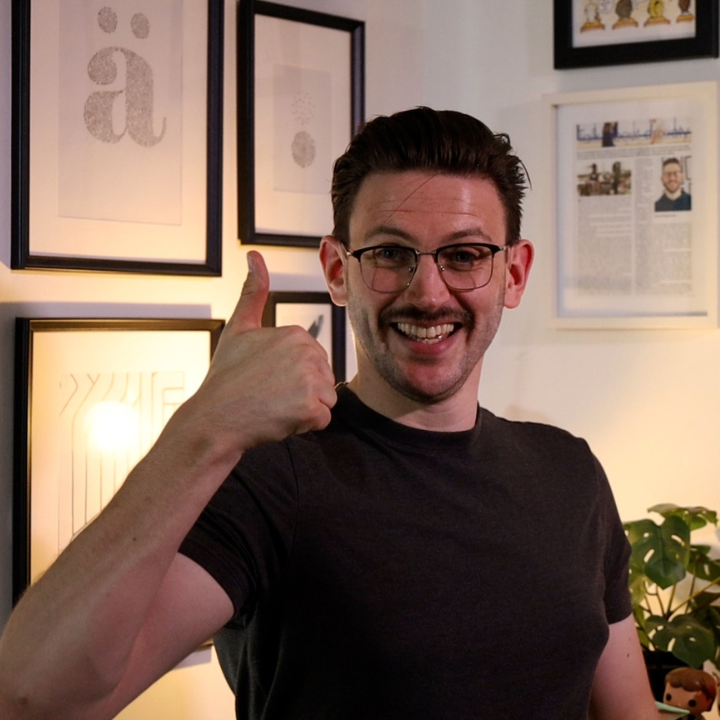Rebranding Safety with Greg Smith

Overview
In this episode of Rebranding Safety, host James MacPherson sits down with renowned safety expert and author Greg Smith to tackle the complex world of workplace safety. Greg, best known for his must-read book Paper Safe, shares his candid insights on why safety often fails to deliver meaningful results despite best intentions.
Key topics covered include:
- The “safety paradox”: Why excessive paperwork and rigid processes often overshadow real safety outcomes.
- How punitive legislation like industrial manslaughter laws can stifle learning and foster a culture of fear.
- The evolving role of safety professionals emphasises the need for purpose-driven processes and real accountability.
- Practical tips for translating safety theories into effective practices on the shop floor.
Rebranding Safety with Greg Smith
In this Rebranding Safety podcast episode, host James MacPherson engaged in a compelling conversation with Greg Smith. He is the author of the influential book Paper Safe. This discussion provides valuable insights into the current state of workplace health and safety. It also emphasises the need to rethink safety management systems, documentation, and the broader role of safety professionals.
The Complexity of Workplace Safety
Greg Smith began by challenging the notion that workplace safety issues arise solely from deviation. Instead, he argued, complexity is the real challenge.on the shop floor. He emphasised that organisations often complicate safety with excessive documentation and rigid processes, which detract from meaningful safety practices.
“People aren’t the problem; they’re the solution.”
This perspective underscores the importance of human-centric safety systems that empower employees rather than burden them with bureaucracy.
Paperwork vs. Purpose: The Safety Paradox
Smith’s book, Paper Safe, critiques the disconnect between the intended purpose of safety processes and their execution. For example, pre-task checklists, while theoretically beneficial, often become tick-box exercises with no real impact on safety outcomes.
Smith noted:
- Many safety processes are designed for compliance rather than practical implementation.
- Documentation often serves as a protective measure for organisations rather than a tool for improving safety.
- Safety professionals must ask, “What is the purpose of this process, and is it achieving that purpose?”
Example:
Greg highlighted how organisations may enforce unnecessary risk assessments for trivial hazards, such as household chemicals. Nevertheless, they neglect critical safety issues like fall prevention or machine guarding.
Legal Frameworks and Accountability
The podcast explored the tension between modern safety theories and increasingly punitive safety legislation. Smith pointed out that legislation, such as industrial manslaughter laws, while well-intentioned, often prioritises prosecution over learning. This shift discourages open discussions about safety failures and fosters a culture of fear.
Key concerns:
- Criminalisation vs. learning: Legal risks deter organisations from conducting thorough incident investigations.
- Over-reliance on documentation: Organisations prioritise paperwork to defend against potential legal actions, often at the expense of real safety improvements.
Smith advocated for rebalancing the focus: “If safety legislation is about improving conditions, we must ensure our processes reflect that intent.”
Rebranding the Role of Safety Professionals
James and Greg discussed the evolving role of safety professionals, emphasising the need for accountability and innovation within the field. Smith argued that safety professionals must:
- Move beyond enforcing regulations to delivering meaningful safety outcomes.
- Focus on assurance rather than mere compliance.
- Take ownership of their role in driving cultural and operational changes in organisations.
Smith observed:
- Safety professionals often avoid challenging tasks, such as engaging directly with the workforce, in favour of administrative duties.
- A shift is needed where safety teams actively support operational staff in identifying and mitigating risks without excessive reliance on forms or checklists.
Shop Floor Realities and Practical Solutions
One of the most compelling parts of the discussion centred on bridging the gap between theory and practice. Smith noted that many progressive safety concepts fail to translate effectively to the shop floor, leaving workers frustrated and disengaged.
Key solutions:
- Simplify processes: Reduce unnecessary paperwork and focus on critical safety tasks.
- Engage workers: Collaborate with employees to ensure processes are practical and relevant.
- Reimagine evidence collection: Shift from paper-based systems to dynamic, real-time assurance models.
Learning from Mistakes
Smith and MacPherson emphasised the need for transparency and shared learning within the safety profession. Too often, organisations and safety bodies focus on promoting success stories while ignoring or hiding failures.
Smith urged safety professionals to:
- Be honest about what works and what doesn’t.
- Share both successes and failures to foster a culture of continuous improvement.
- Engage with practitioners who are implementing innovative approaches, not only academics.
Final Thoughts:
The conversation concluded with a reflection on the safety industry’s fragmented state. Smith and MacPherson called for greater unity among safety professionals and organisations to establish consistent practices and standards.
Smith’s final message:
“If we truly care about improving workplace safety, we must confront uncomfortable truths, embrace accountability, and focus on purpose-driven processes that genuinely protect people.”
Connect with Greg Smith
To learn more about Greg Smith’s work, visit his website at waylandlegal.com.au. His books, including Paper Safe, offer valuable insights into reshaping safety practices for meaningful impact.
Ready to talk?
Let’s get together on a call to see where we can support you and add value to your business with structured health & safety consulting.
Let’s talk
For a quote, complete the form below and arrange a discovery call where we can chat though your requirements.

Has over 12 years of experience in safety and fire across various industries like healthcare, housing, and manufacturing. As the Managing Director at Risk Fluent and host of the “Rebranding Safety” podcast and YouTube channel, he is committed to making safety discussions engaging. James’s innovative approach and dedication to rebranding safety have made him a respected figure in the field.





